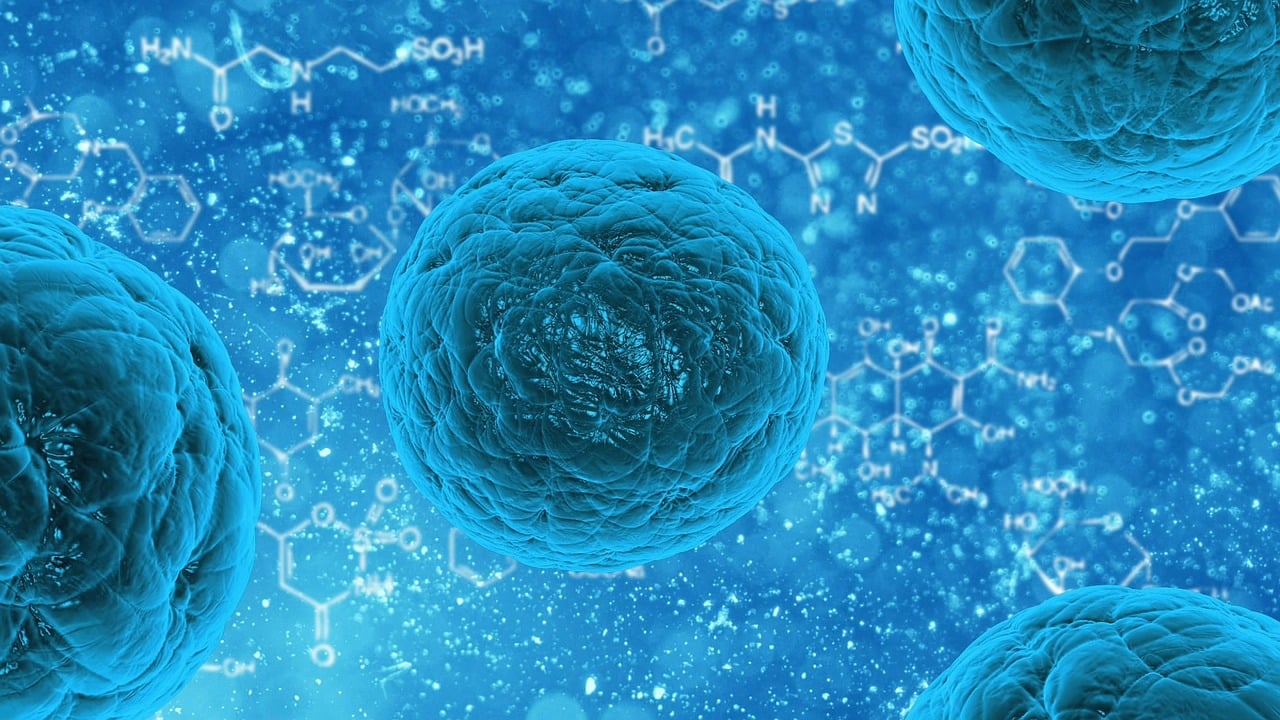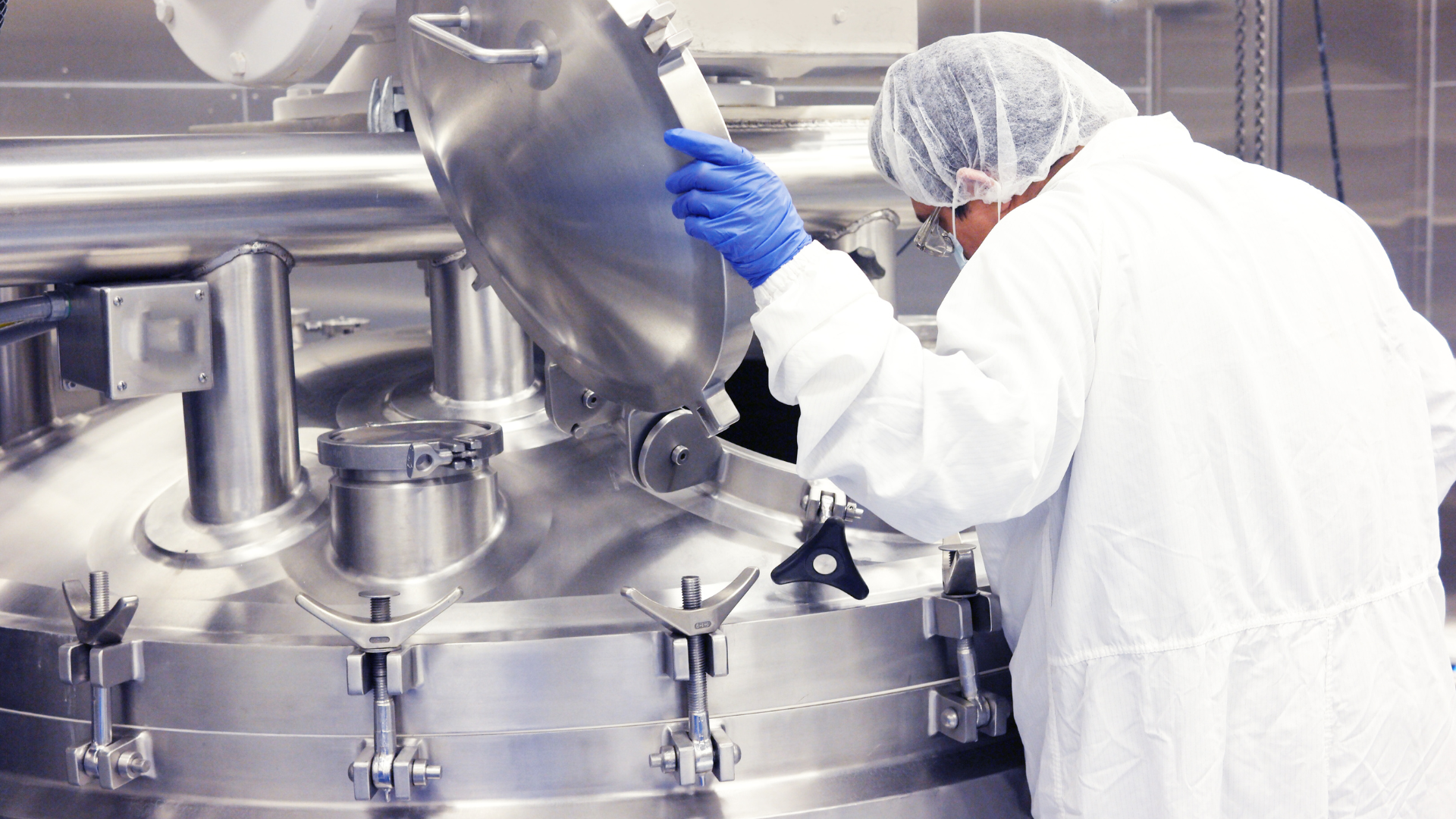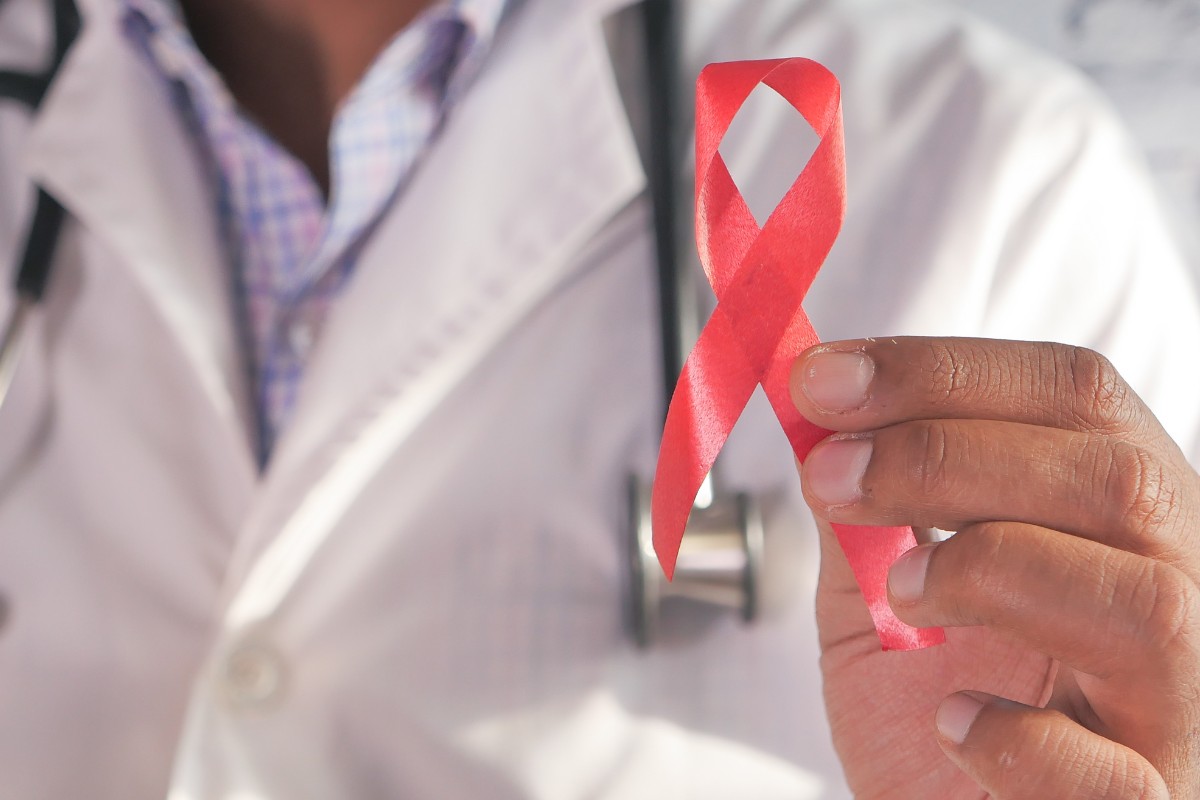Safety in Viral Vectors and Viral Clearance: Ensuring Efficacy and Security in Biopharmaceuticals

Using viral vectors has become a cornerstone in developing gene therapies and biologics. However, the journey from laboratory to clinic is fraught with intricate challenges, particularly in ensuring the safety and efficacy of these novel therapies. Viral vectors, while potent tools for delivering genetic material into cells, must navigate the complex terrain of the human immune response, the precise control of gene expression, and the hurdles of insertional mutagenesis. Moreover, the large-scale manufacturing and scalability of these vectors pose additional challenges, not just in terms of production but also in ensuring the stringent viral clearance necessary for patient safety.
We explored the critical safety considerations associated with viral vectors; the nuanced aspects of viral vector risk mitigation, the complexities of viral clearance in gene therapy manufacturing, the rigorous demands of viral vector quality control, and the meticulous strategies for preventing viral contamination in biologics.
Viral Vector Risk Mitigation Strategies
Viral Vector Risk Mitigation Strategies encompass the selection of appropriate vectors, preclinical safety assessment, and vector modification.
Selection of Appropriate Vectors involves a deep understanding of the biology and pathology of various viral vectors. Each vector, deriving from different viruses, possesses unique characteristics. For example, adenoviral vectors are known for their efficiency in gene delivery but might trigger immune responses, whereas lentiviral vectors are typically less immunogenic and capable of integrating into the host genome, which is beneficial for long-term gene expression. The choice of a vector hinges on a careful risk-benefit analysis, considering its delivery efficiency, interaction with the immune system, and potential unintended effects. The specific application also dictates the vector selection; for instance, gene therapies targeting dividing cells might prefer lentiviral or retroviral vectors for their integration capabilities, while transient expression might be best achieved with adenoviral vectors.
Preclinical Safety Assessment is a crucial phase that includes conducting tests both in vitro and in animal models. In vitro studies involve assessing the vector's basic biology, efficiency in gene transfer, and potential cytotoxicity in cell cultures. Animal studies provide insights into the vector's behavior in a complex organism, including its distribution, persistence, and the immune response it elicits. Determining the optimal dose that balances therapeutic benefit with minimal adverse effects is also a critical component of this phase. Researchers monitor safety biomarkers during these studies to identify any signs of inflammation or unintended immune responses.
Vector Modification focuses on reducing the vector's pathogenicity while maintaining its therapeutic efficacy. This often involves deleting certain viral genes essential for replication or disease-causing capabilities. Engineering the vector for targeted delivery to specific cell types or tissues can also enhance safety by reducing off-target effects. Another aspect of vector modification is decreasing its immunogenicity, which involves altering viral components to evade the host's immune system, thus preventing rapid clearance and enabling sustained gene expression.
Viral Clearance in Gene Therapy Manufacturing
Viral clearance refers to the methodologies employed to remove or effectively neutralize potential contaminating viruses that may be present in the gene therapy products. This process is not just a regulatory requirement but a fundamental aspect of ensuring patient safety.
Validation of Clearance Processes is a cornerstone in this endeavor. This involves implementing and rigorously testing various methods such as filtration, chromatography, and specific inactivation steps. These methods are not chosen at random; each is scientifically proven to significantly reduce viral load. Filtration processes, for instance, physically remove viruses based on size exclusion principles. Chromatography, on the other hand, separates viruses from the therapeutic product based on different chemical properties like charge or hydrophobicity. Inactivation steps are also crucial – these may include chemical treatments or physical methods like UV irradiation, designed to render any potential viruses non-infectious while preserving the integrity and functionality of the therapeutic agent.
Regular Monitoring throughout the manufacturing process is another vital component of viral clearance. This continuous vigilance allows for the early detection of any viral contamination, which is crucial in preventing the advancement of contaminated batches through the production process. This monitoring is not sporadic; it is a well-structured and ongoing procedure, integrated into the manufacturing workflow. Techniques such as PCR (Polymerase Chain Reaction) testing for viral nucleic acids or infectivity assays are commonly employed. These methods provide the sensitivity and specificity needed to ensure that even low levels of viral contamination are detected in a timely manner.
Adherence to Quality Standards is the final, yet equally critical, aspect of viral clearance in gene therapy manufacturing. This involves ensuring that each step of the production process, from the sourcing of raw materials to the final product packaging, adheres to stringent quality standards. These standards are often set by regulatory bodies and are designed to minimize the risk of viral contamination. Adhering to these standards means maintaining a clean and controlled manufacturing environment, using well-characterized raw materials, and employing trained personnel who understand the importance of these practices. Quality control tests are routinely performed, and any deviations from the set standards are addressed promptly to prevent the risk of contamination.
Viral Vector Quality Control
The main aim is to guarantee that these vectors are not only effective in their therapeutic purpose but also safe for patient use. This high standard of quality control encompasses various aspects, from rigorous testing protocols to maintaining batch consistency and conducting post-market surveillance.
Rigorous testing forms the backbone of quality control for viral vectors. This extensive testing regime is designed to verify various attributes of the viral vectors. Identity tests are conducted to ensure that the vector is indeed what it is claimed to be. This involves genetic characterization to confirm the viral construct and its components. Purity tests are equally critical, as they assess the vector preparation for the presence of unwanted substances, which could include impurities derived from the production process or residual host cell proteins. Potency tests are conducted to evaluate the functional strength of the vector, ensuring that it can effectively deliver the therapeutic gene at the required levels. Lastly, safety tests are essential to ascertain that the vector is free from harmful contaminants, including adventitious agents or endotoxins, and to ensure that it does not induce undesirable responses in the patient, such as severe immunogenic reactions. These tests are not a one-off procedure but are carried out at various stages of the production process to maintain the highest quality standards.
Ensuring batch consistency is another vital aspect of quality control. Each batch of viral vectors must meet the same stringent criteria in terms of concentration, purity, and potency. Consistency is key to ensuring that every dose administered to patients is as safe and effective as the last. This requires meticulous control over the manufacturing process, with standardized procedures and rigorous in-process testing. Any deviations from established protocols are thoroughly investigated to prevent variability in the quality of the product.
Post-market surveillance represents the ongoing commitment to monitoring the safety and efficacy of viral vectors even after they have been released to the market. This surveillance is critical as it provides real-world data on how the vector behaves in a broader patient population over time. It helps in identifying any rare or long-term adverse effects that might not have been apparent in pre-market testing. Post-market surveillance also includes tracking the clinical outcomes in patients treated with the viral vector, providing valuable feedback that can be used to further refine and improve the product.
Viral Contamination Prevention in Biologics
Preventing viral contamination in the production of biologics is a critical task, demanding a comprehensive and meticulous approach. This is especially crucial given the potential impact of such contamination on patient safety and product efficacy. The prevention strategies encompass a range of measures, from stringent raw material screening to the design of manufacturing facilities and comprehensive employee training.
Stringent raw material screening forms the first line of defense in this endeavor. Every component that enters the biologics manufacturing process must be thoroughly tested for the presence of viral contaminants. This screening is not just limited to biological materials, which inherently carry a higher risk of viral contamination, but also includes all other materials that come into contact with the biologics during the manufacturing process. Advanced testing methods, such as polymerase chain reaction (PCR) assays, are employed to detect even trace amounts of viral DNA or RNA, ensuring that only the safest and purest materials are used. This rigorous screening is vital to prevent the introduction of viruses at the very beginning of the production process.
The design of the manufacturing facility and the optimization of workflows play a significant role in minimizing the risk of cross-contamination. Facilities are designed with segregated areas to prevent the mix-up or cross-contamination of materials. Air handling and filtration systems are meticulously planned to maintain cleanroom conditions and prevent the introduction of airborne viral contaminants. Workflow processes are carefully mapped out to ensure a logical and contamination-free progression of materials through the manufacturing process. Special attention is given to the design of equipment and piping systems to avoid dead ends or difficult-to-clean areas where viral particles could potentially accumulate.
Employee training is the final, yet equally crucial, component in preventing viral contamination. All personnel involved in the biologics manufacturing process are provided with comprehensive training in best practices for contamination prevention. This includes instruction on proper aseptic techniques, handling of materials, equipment operation, and cleaning procedures. Employees are also educated about the importance of personal hygiene and the use of appropriate protective clothing to minimize the risk of introducing contaminants into the manufacturing environment. Regular refresher courses and updates on new procedures or regulations ensure that all staff members remain vigilant and competent in their roles in preventing viral contamination.
Conclusion:
The comprehensive strategies discussed in this article—from the careful selection and modification of vectors, stringent testing protocols, to the vigilant prevention of viral contamination—highlight the multifaceted approach required in this field. The rigorous implementation of these strategies not only ensures the safe and effective use of viral vectors in gene therapies and biologics but also fortifies the trust in these advanced medical interventions. As the biopharmaceutical industry continues to grow and evolve, the adherence to these stringent safety measures and quality controls will remain integral to the success and sustainability of gene therapies and biologic products. This commitment to safety and efficacy is not just a regulatory mandate; it is a moral imperative to ensure the well-being of patients and the future of innovative medical treatments.
Visit our Cell portal to read more articles on gene editing and the latest advances in cellular therapies. If you'd like to register your interest for our upcoming Cell & Gene 2024 >>







